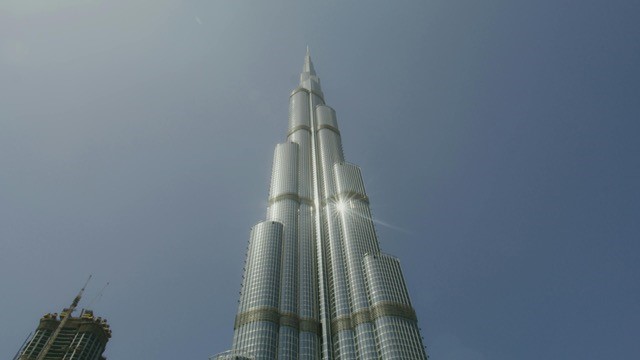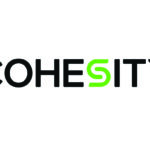Tokenized real-world assets (RWAs) are digital representations of physical assets, such as property, bonds, treasury notes, or precious metals like gold and silver, using blockchain technology. These assets are “tokenized” by converting ownership rights into digital tokens on a blockchain, allowing them to be bought, sold, and traded in a decentralized way. This growing segment of the decentralized finance (DeFi) ecosystem is transforming how we invest in traditional assets by offering greater accessibility, transparency, and liquidity.
Tokenized RWAs have shown significant growth in recent years. According to DefiLlama, the total value locked (TVL) in tokenized RWAs reached around $5 billion in December 2023. This figure underscores the increasing interest in bridging the traditional financial world with the emerging blockchain space.
Types of Tokenized Real-World Assets
- Property: Real estate tokenization allows investors to buy fractional shares in properties, enabling broader access to the real estate market. This opens doors to small investors who might not have had the means to purchase entire properties or large amounts of capital. It also provides liquidity, as these tokenized shares can be traded on secondary markets, unlike traditional real estate investments that are more illiquid.
- Bonds and Treasury Notes: Tokenizing bonds and government treasury notes offers easier and faster access to these traditionally less liquid markets. Investors can gain exposure to these assets via blockchain, where fractional ownership makes it easier for smaller participants to invest. Tokenization simplifies the process of issuing, trading, and settling these assets, reducing costs for issuers and increasing transparency.
- Gold and Silver: Precious metals like gold and silver have long been viewed as safe-haven assets. Tokenizing these commodities allows investors to buy, sell, and trade fractions of these metals without the logistical challenges of owning physical bullion. Digital gold, for example, has become a popular form of investment, combining the stability of precious metals with the flexibility of cryptocurrencies.
Benefits of Tokenized RWAs
Tokenizing real-world assets brings several advantages. It increases accessibility by lowering the barriers to entry for investors, allowing fractional ownership of high-value assets like property or gold. It also enhances liquidity, as tokenized assets can be traded 24/7 on decentralized exchanges. Transparency is another key benefit, as blockchain ensures that all transactions are visible and immutable, reducing fraud and enhancing trust.
Moreover, tokenized RWAs reduce transaction costs by eliminating intermediaries such as brokers, banks, and lawyers. Blockchain automates much of the process, making it more efficient and cost-effective.
Promising Projects in Tokenized RWAs
One of the most promising projects in this space is Project Nexus, which allows users to buy, sell, and trade tokenized assets such as real estate, stocks, and cryptocurrencies. By combining traditional investment options with blockchain technology, Project Nexus is at the forefront of the tokenized RWA market, offering a seamless way for investors to access a diverse range of assets.
As the adoption of RWAs grows, it will become a significant financial trend in the years ahead. According to Citi, the market for tokenized assets could reach $4-5 trillion by 2030, as it offers increased liquidity, accessibility, and transparency. This process allows traditional assets like real estate, bonds, and commodities to be traded digitally on blockchain platforms, unlocking new investment opportunities(
Bank of America also highlights the tokenized gold market surpassing $1 billion in 2023, showcasing the rising global interest in tokenization). RWAs enable fractional ownership and 24/7 trading, allowing investors to access previously illiquid asset classes like real estate and private equity with ease.


